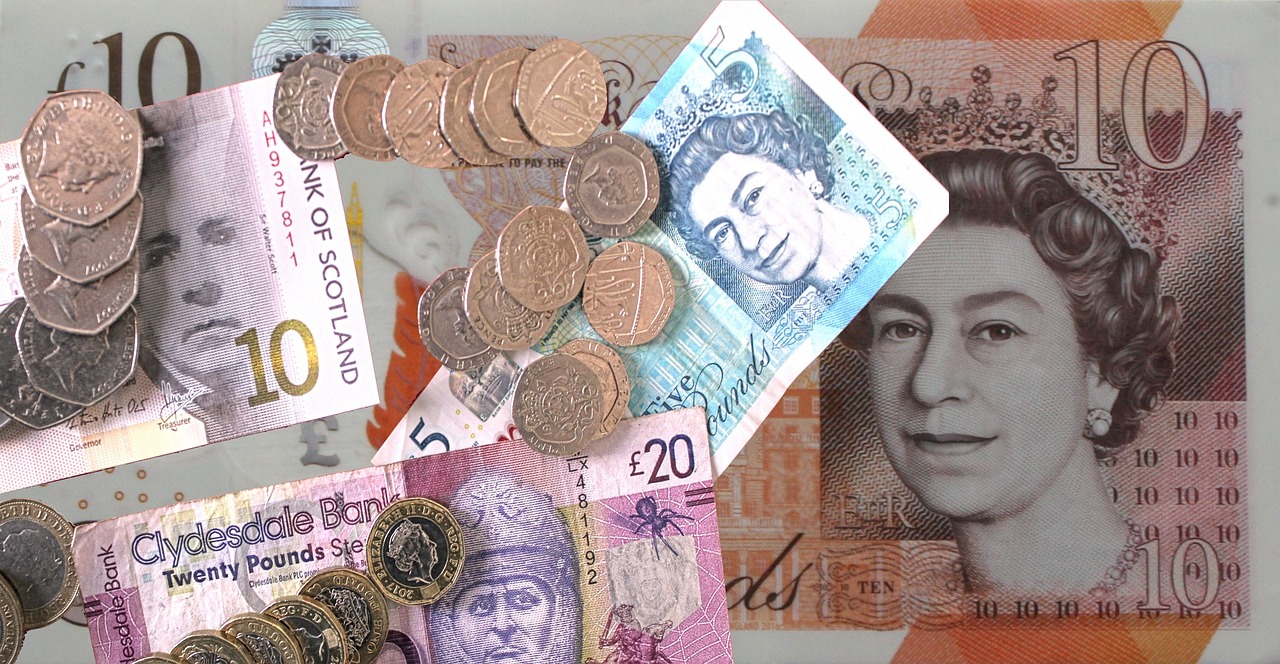Everything You Need to Know About Transferring Money from Your Checking Account to Your Debit Card: Scheduling, Tracking, Avoiding Fees, and More
GPT_Global - 2025-08-31 20:30:38.0 39
Can I schedule recurring transfers from my checking account to my debit card?
Many customers often wonder, “Can I schedule recurring transfers from my checking account to my debit card?” The answer is yes, and it’s one of the most convenient ways to manage your money, especially for those sending regular remittances to loved ones abroad. By setting up recurring transfers, you can ensure funds are always available on your debit card without needing to log in each time.
This feature is especially helpful for remittance senders who want to avoid delays and keep a consistent schedule. Instead of manually transferring money, you can automate the process and guarantee that your family or beneficiaries receive funds on time. It also helps with budgeting since you can plan ahead and allocate money directly from your checking account.
When scheduling recurring transfers, always confirm your bank or remittance service supports the option. Many platforms allow you to select the frequency, such as weekly, bi-weekly, or monthly. This ensures flexibility while maintaining control of your finances. Setting up recurring transfers is not only convenient but also adds peace of mind, making cross-border money management seamless and reliable.

How can I track the status of a transfer from my checking account to my debit card?
When sending money through a remittance service, one of the most common questions customers ask is: “How can I track the status of a transfer from my checking account to my debit card?” Tracking is essential for peace of mind, ensuring your funds are moving safely and on time. Most remittance platforms provide online tracking tools that allow you to monitor the progress in real-time using a reference number or transaction ID.
After initiating a transfer, you can usually log into your account on the remittance provider’s website or mobile app. There, you’ll see updates such as “processing,” “sent,” or “completed.” Some services even send SMS or email notifications, so you don’t have to constantly check manually. This feature helps you stay informed at every stage.
If you don’t see your transfer reflected immediately, don’t worry—bank processing times may vary depending on weekends, holidays, or the receiving bank’s policies. In such cases, customer support can provide an update. Tracking your transfer not only gives you transparency but also helps build trust in your remittance provider, making your experience faster, safer, and more reliable.
Will the money from my checking account appear on my debit card immediately?
When you transfer money from your checking account to your debit card, it's natural to wonder if the funds will appear immediately. In most cases, the answer depends on your bank and the type of transfer. Generally, if you're transferring money within the same bank, the funds can be available almost instantly. However, for transfers between different financial institutions, it might take one to two business days for the funds to reflect on your debit card.
For remittance businesses, the timing of money appearing on a debit card can vary even further, especially if international transfers are involved. Some services offer near-instant transfers, while others might have delays due to regulatory checks, currency conversions, or cross-border payment processing.
To ensure smooth and quick transactions, it's crucial to select a remittance provider with a strong reputation for reliability and speed. Always check the estimated processing times and any fees associated with your transaction. This way, you’ll avoid surprises and better manage your funds across accounts.
How can I avoid fees when transferring money from my checking account to my debit card?
When transferring money from your checking account to your debit card, it’s essential to avoid unnecessary fees to keep your transaction cost-effective. One of the most straightforward ways to avoid fees is by using a bank’s internal transfer system. Many banks offer free transfers from checking accounts to linked debit cards, especially if both accounts are with the same financial institution.
Another effective strategy is to use online remittance services that specialize in low-fee transfers. These platforms often provide faster and more affordable options compared to traditional banks. Some services even waive fees for first-time users or when transferring larger amounts.
Furthermore, choosing a service with a transparent fee structure is crucial. Avoid services that charge hidden or excessive fees that could erode your funds. Always read the terms and conditions and compare options before transferring money from your checking account to your debit card.
Lastly, consider using peer-to-peer payment apps as an alternative. Many of these apps offer free or low-fee transfers, ensuring you get the most out of your transaction without incurring extra costs.
Can I send money to a prepaid debit card from my checking account?
Many people rely on prepaid debit cards for easy access to their funds, but a common question is whether it's possible to send money from a checking account to a prepaid debit card. The short answer is yes, you can. Prepaid debit cards, like those issued by Visa, Mastercard, or American Express, often offer ways to transfer money directly from your checking account.
To send money to a prepaid card, you typically have a few options. Some cards allow for direct deposits, where you can have your paycheck or other funds sent directly to the card from your checking account. Alternatively, online money transfer services also enable you to link your checking account and transfer funds to your prepaid card using the service’s platform.
It’s essential to check the specific policies of the prepaid card issuer, as some may charge fees for these transactions or have restrictions on the types of transfers allowed. Nonetheless, transferring funds from your checking account to a prepaid debit card is a convenient and simple solution for those looking to manage their finances securely and efficiently.
What details do I need to transfer money from a checking account to a debit card?
Transferring money from a checking account to a debit card is a simple process, but it requires specific details to ensure the transaction goes smoothly. First, you’ll need the debit card number. This is the unique 16-digit number found on the front of your card.
Next, you'll need the expiration date and the CVV (Card Verification Value) code. The expiration date can be found on the front of the card, while the CVV is the three-digit number located on the back. Additionally, if you're transferring internationally, you may need the routing number and account number from your checking account.
When initiating the transfer, some platforms may also ask for authentication details like your online banking login credentials or a PIN for extra security. Always ensure you're using a secure remittance service to protect your financial details.
Once you've provided the necessary details, the transfer should be processed. However, it's important to keep track of the fees, as some services charge for instant transfers, while others may offer slower options with lower fees.
How do I know if my transfer from checking to debit card was successful?
When transferring funds from your checking account to your debit card, it's important to ensure the transaction was successful. Here’s how you can confirm the transfer:
First, check your checking account balance. If the transfer was successful, the amount should be deducted from your account. Then, review your debit card balance either through an ATM, mobile banking app, or online portal. If the transferred funds are available on your debit card, the process is complete.
If you don't see the funds, verify the transfer details with your bank or financial institution. Delays can occur due to processing times or technical issues. You can also check for any error messages or transaction notifications sent to you by your bank, which may indicate a problem with the transfer.
For remittance businesses, using tracking services or contacting customer support can provide clarity in case you encounter delays. Always make sure you’ve entered the correct transfer details to avoid unnecessary complications. A successful transfer ensures you can access your funds quickly and efficiently for both local and international transactions.
About Panda Remit
Panda Remit is committed to providing global users with more convenient, safe, reliable, and affordable online cross-border remittance services。
International remittance services from more than 30 countries/regions around the world are now available: including Japan, Hong Kong, Europe, the United States, Australia, and other markets, and are recognized and trusted by millions of users around the world.
Visit Panda Remit Official Website or Download PandaRemit App, to learn more about remittance info.



